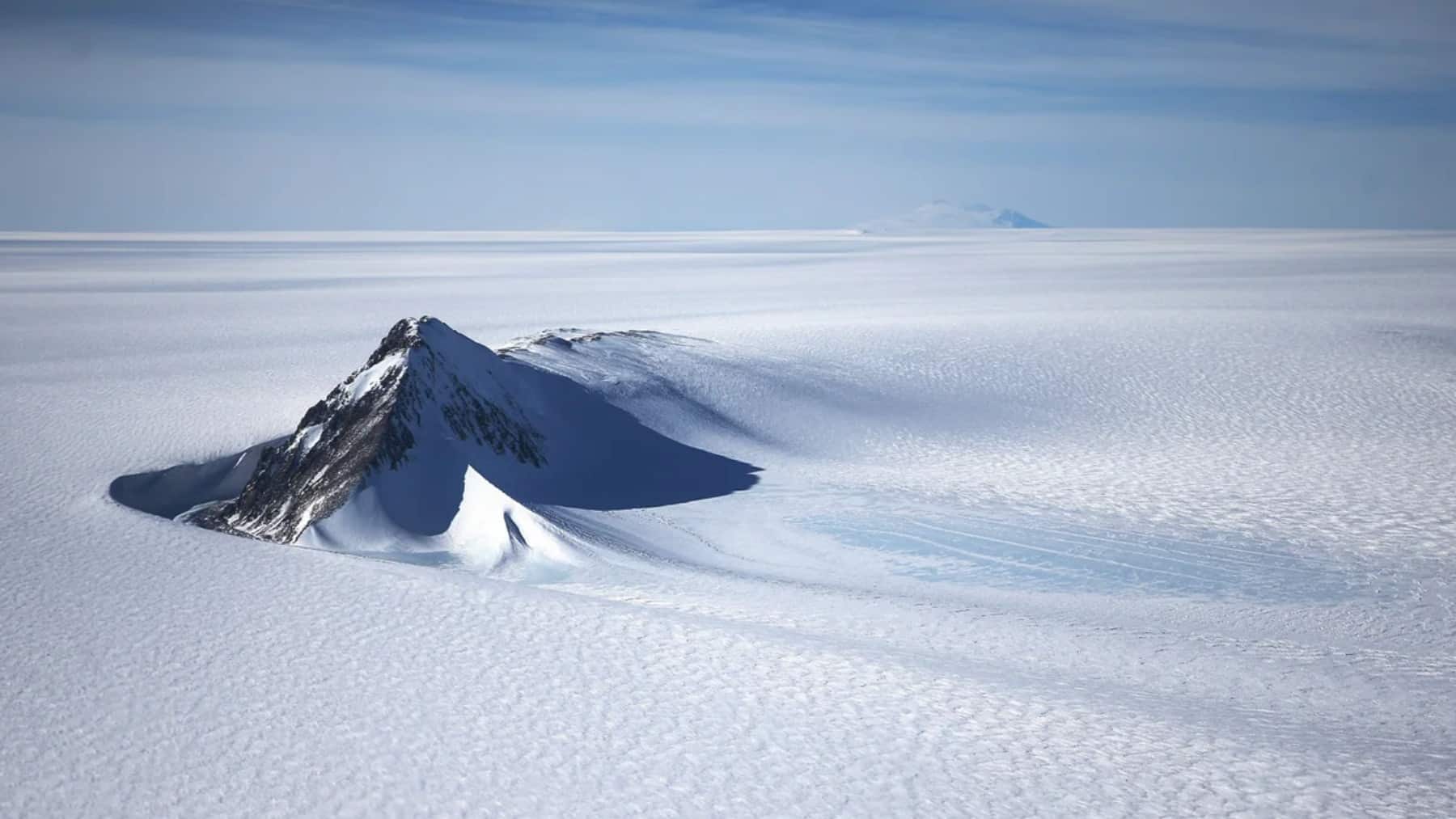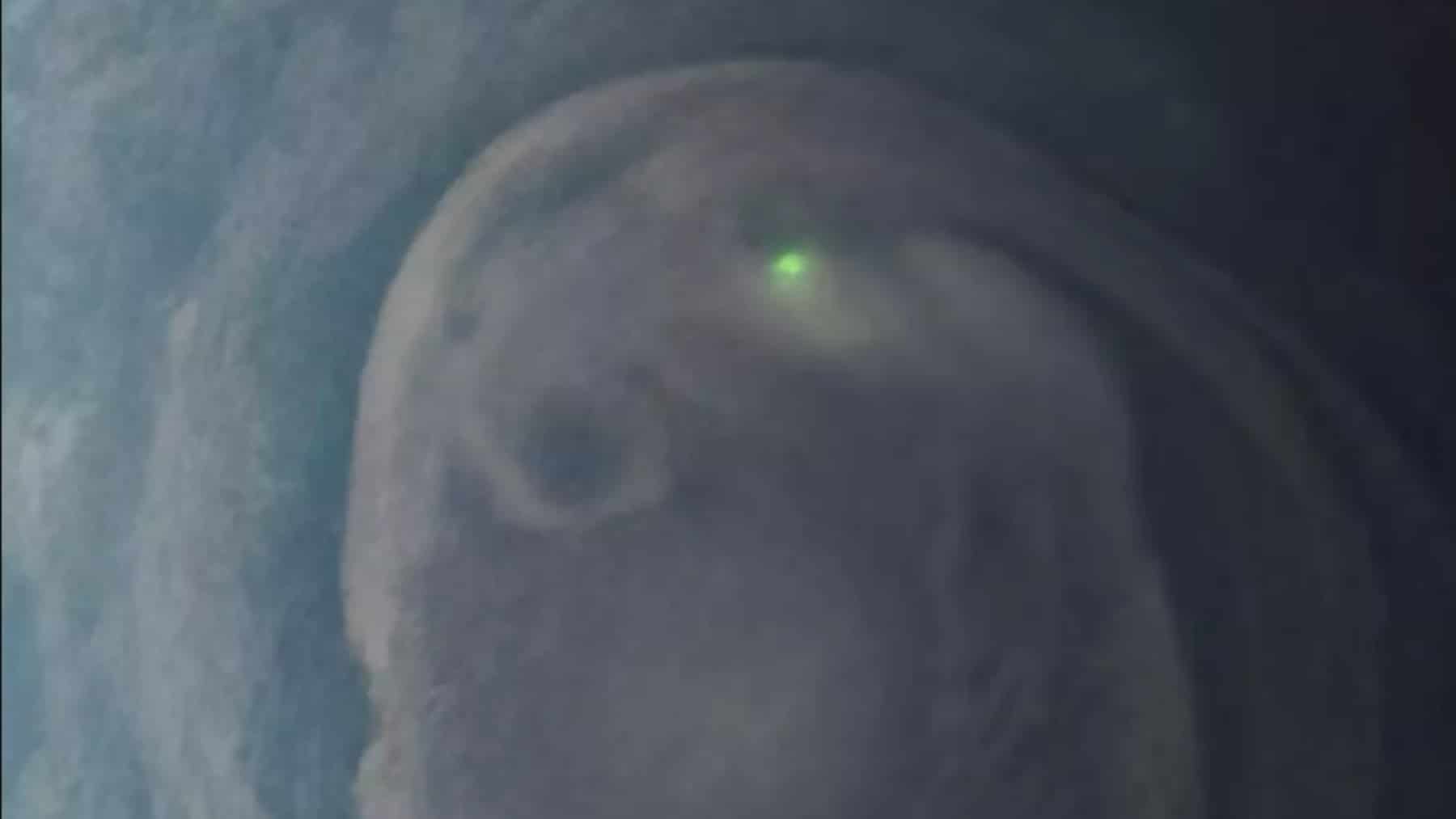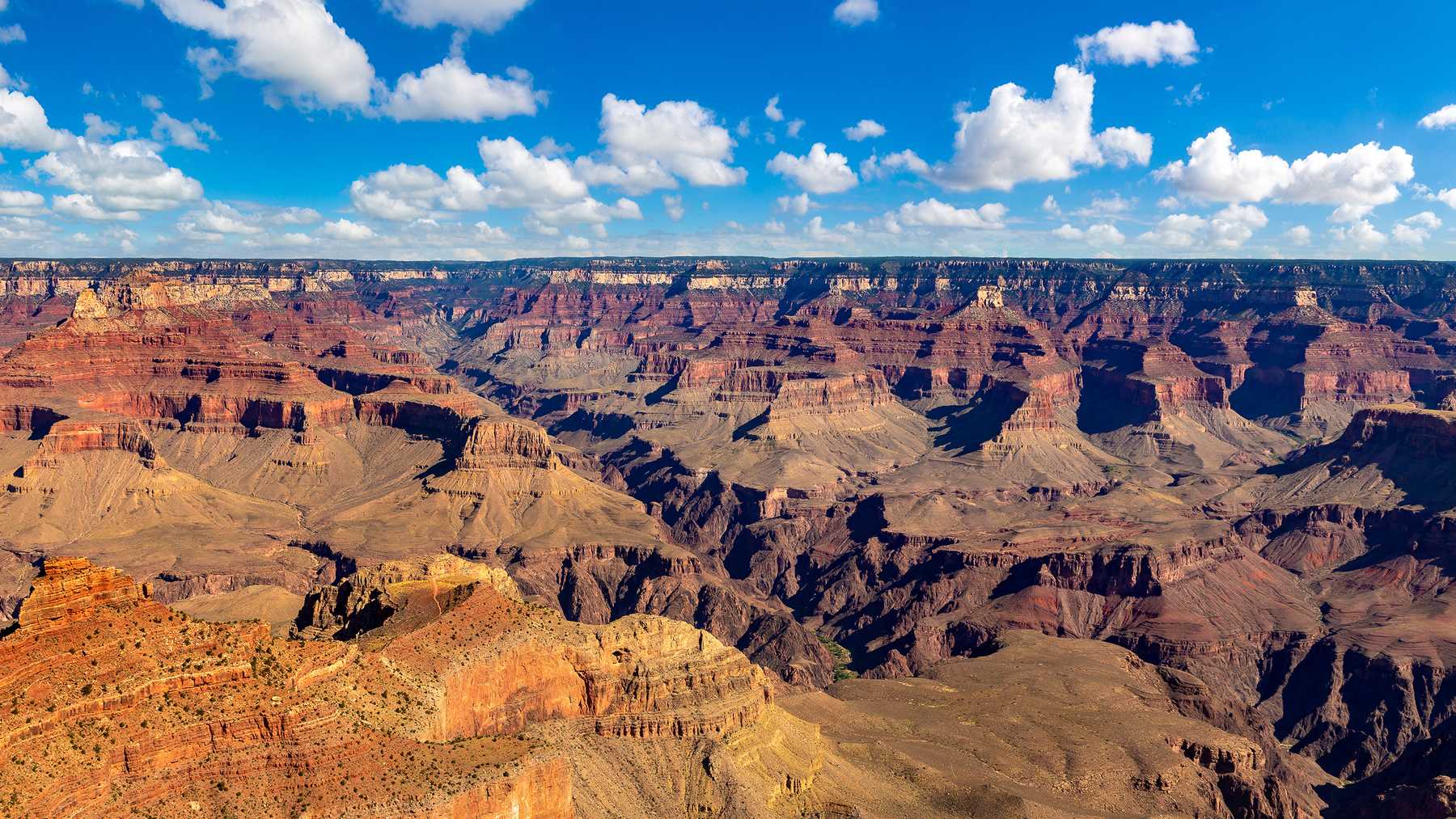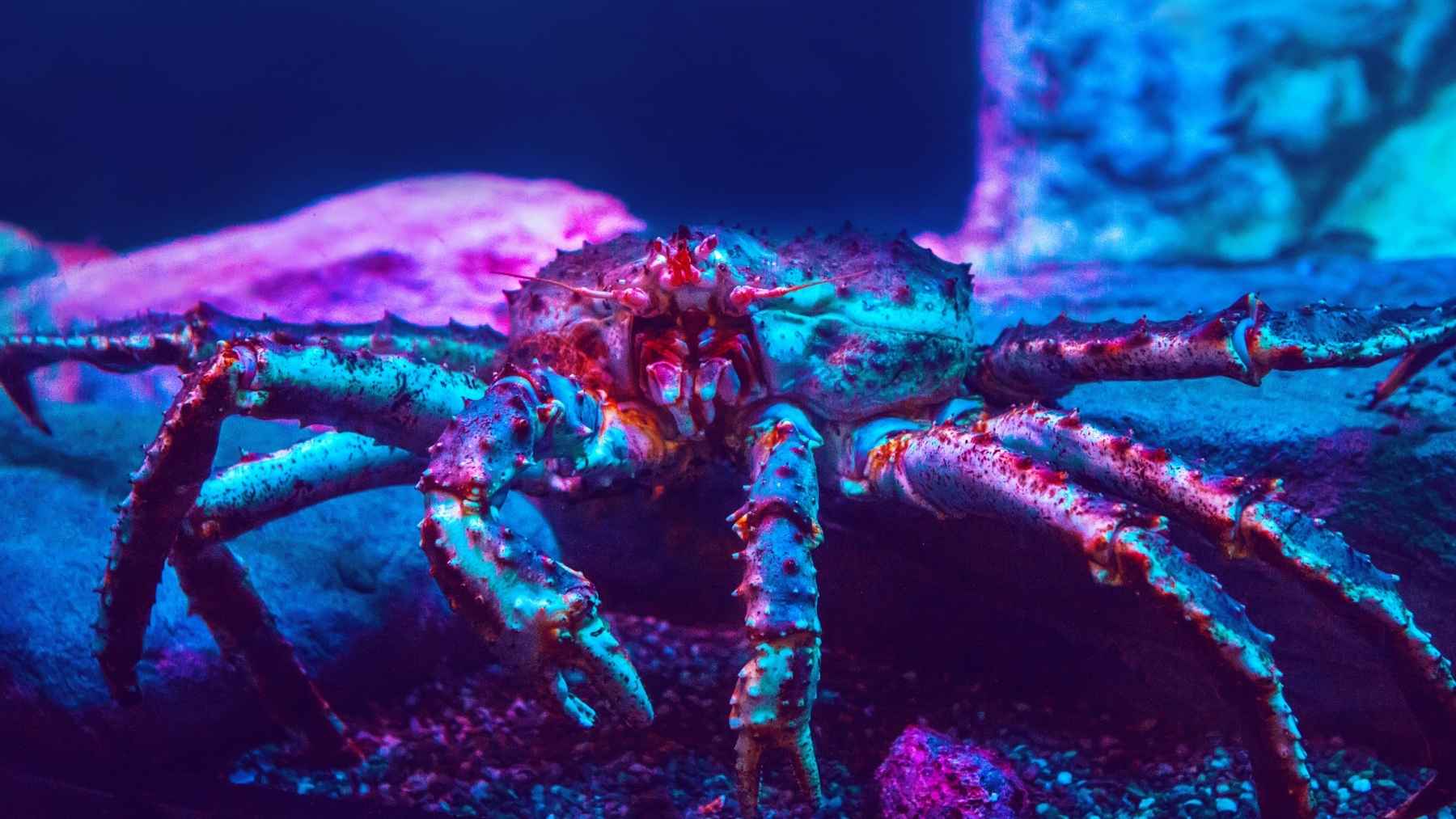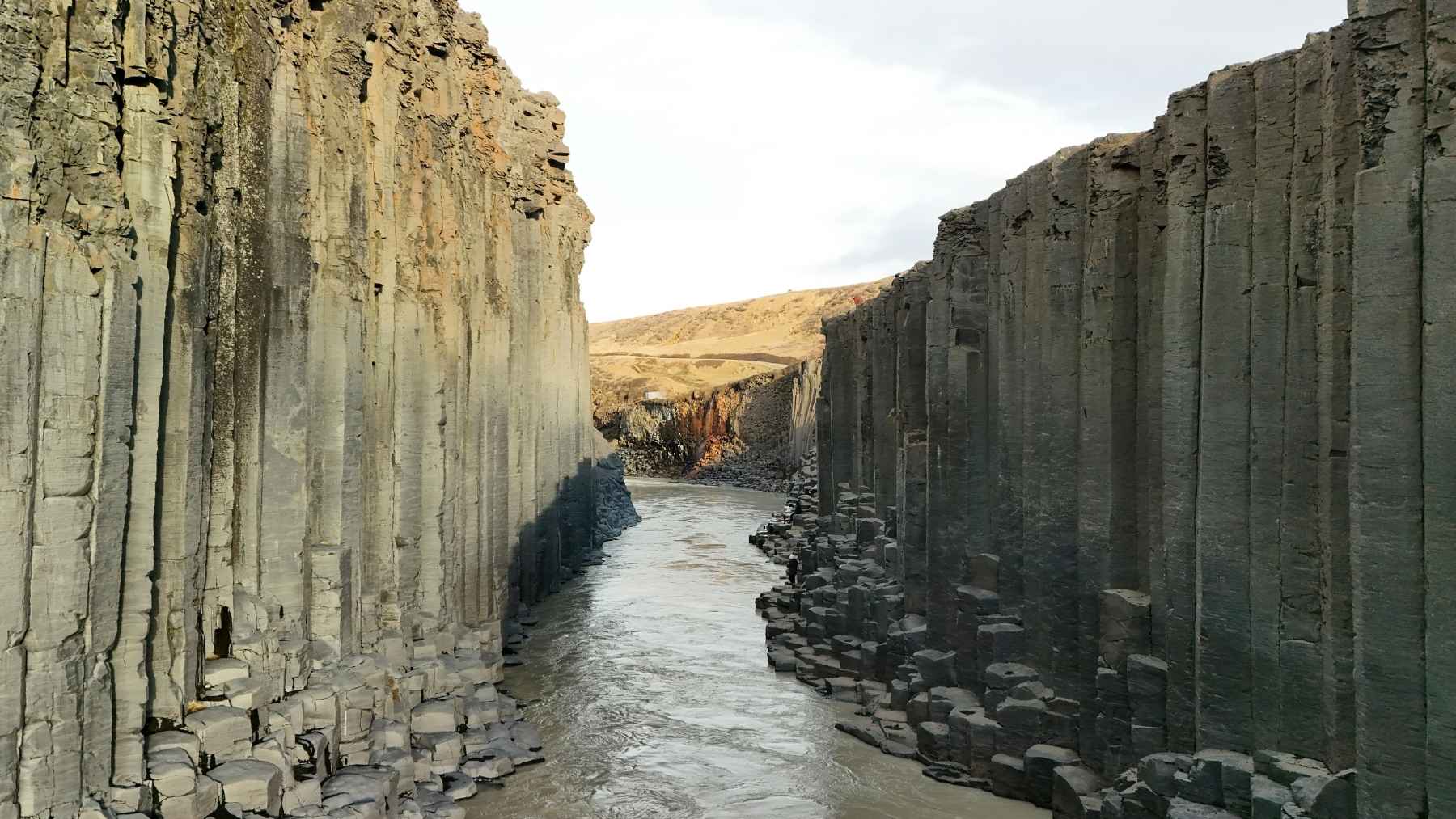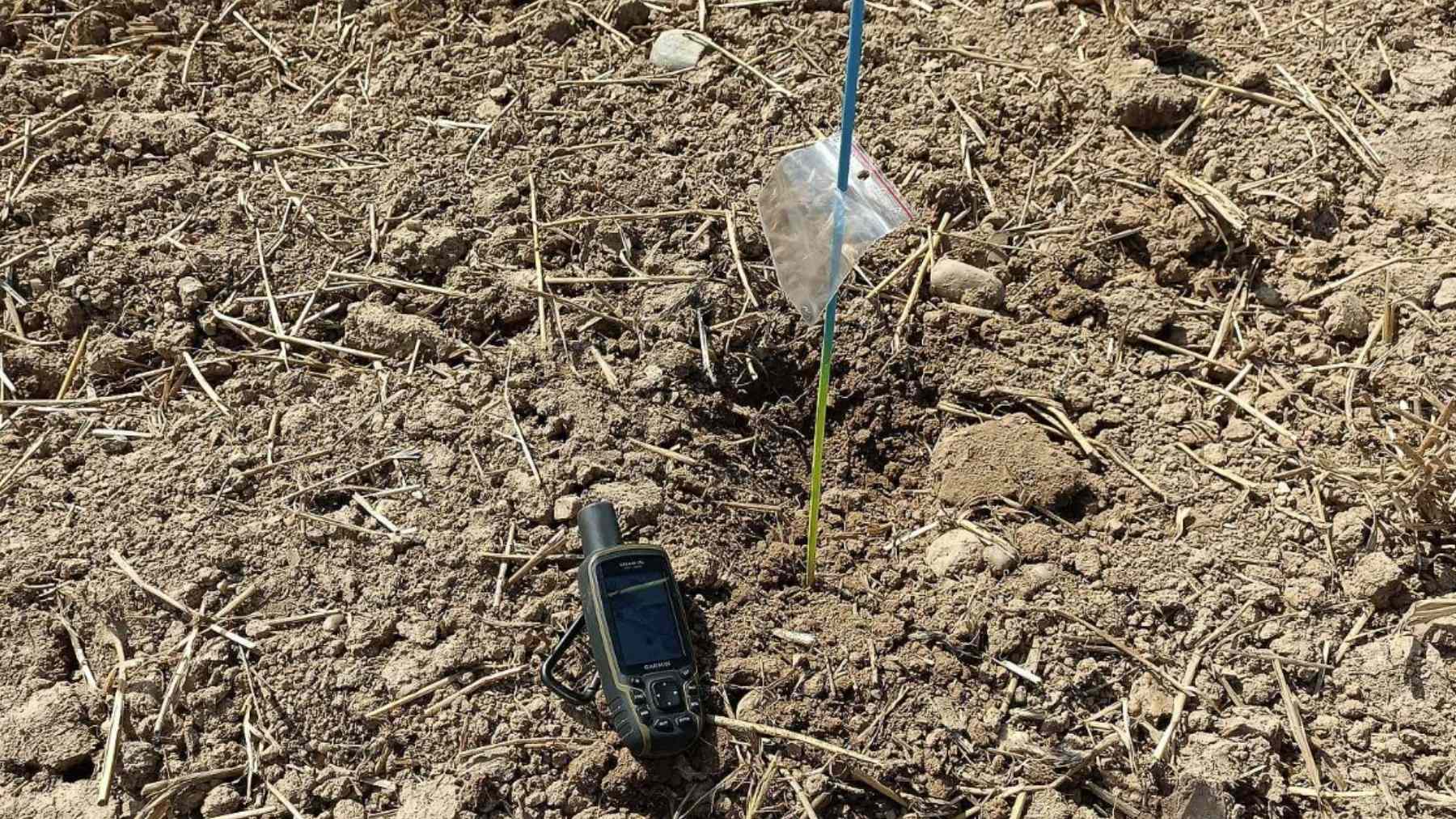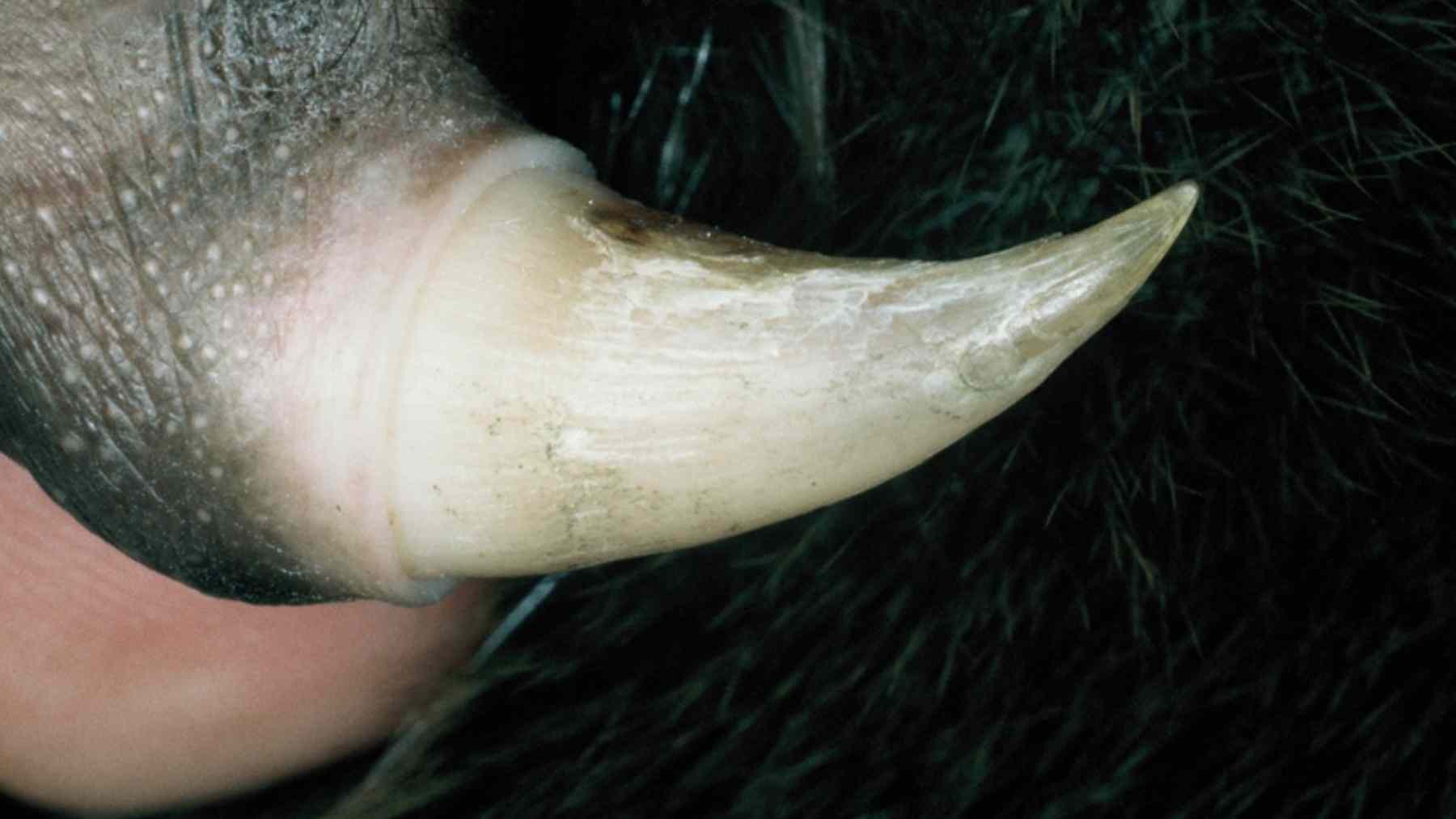Many years ago, we believed that dinosaurs lived only in the warmest and sunniest regions of the planet, but now we know that this is not true, at least not completely. More recent studies have shown that they also inhabited regions close to Antarctica, around 120 million years ago, which caused surprise, since they managed to survive the almost eternal darkness and extremely low temperatures of the area. The most surprising thing is: these regions were in a place very familiar to us today… But we will leave that for later.
A forest in the middle of Antarctica
During the early Cretaceous period, which is approximately 120 million years ago, Victoria, a state located in southern Australia, was part of a large landmass that connected Australia and Antarctica. Yes, the place that is now habitable to us experienced endless nights and, of course, very cold weather.
“What is now Victoria was located within the polar circle, up to 80 degrees south of the equator, and was shrouded in darkness for months on end. Despite these harsh conditions, dinosaurs thrived here, leaving evidence of their existence at several paleontological sites”, said co-author Vera Korasidis.
However, unlike today, the Earth’s climate was much warmer: average temperatures were six to 14 degrees higher than they are today. Therefore, when this combination of mild climate and constant humidity was combined, temperate forests rich in biodiversity emerged.
What were these forests like? We are talking about giant conifers that formed at the top of the forest, while the understory was covered by scaly ferns, forked ferns, and other very primitive plants. We cannot forget the rivers that cut through these landscapes, making the environment even more fertile and allowing various forms of life.
What kind of polar dinosaurs lived at that time?
During all the research, analysis, and excavations on the coast of Victoria, experts discovered that there were small dinosaurs adapted to these cold and dark environments. Among them, two groups stood out: ornithopods and theropods.
- Ornithopods: these were small herbivores with beaks and teeth in their cheeks, which were ideal for processing leaves and low-lying vegetation.
- Theropods: these were carnivores, bipeds and many of them had feathers. This characteristic is interesting, as it directly links these animals to the birds we know today.
Today, we can say that these dinosaurs successfully adapted to the extreme conditions of the region (except for the asteroid 200 times larger than Earth that passed by). Surviving prolonged darkness is not easy for anyone. If we bring it to the present day, this environment would make it difficult for even mammals to survive.
How did scientists arrive at these discoveries?
The study that brings this news is very recent and was published in the scientific journal Alcheringa. It involved the analysis of almost 300 samples of spores and microscopic pollen grains collected from 48 sites along the coast of Victoria – yes, who would have imagined that all these revelations would come from pollen?
But it was these samples, which were revealed to be between 130 and 110 million years old, that allowed the reconstruction of all the vegetation that made up the polar forests of that time. From this, scientists were able to indicate that, around 113 million years ago, the first flowering plants began to appear in the region.
This change in vegetation transformed the ecosystem and, with it, the dinosaurs’ eating habits also changed – and that is how they managed to survive. Interestingly, dinosaurs were not the only animals to be detected in distant forests. Recently, a strange creature was seen in a remote forest in Asia. Experts say that it is enormous and has never been seen before.
